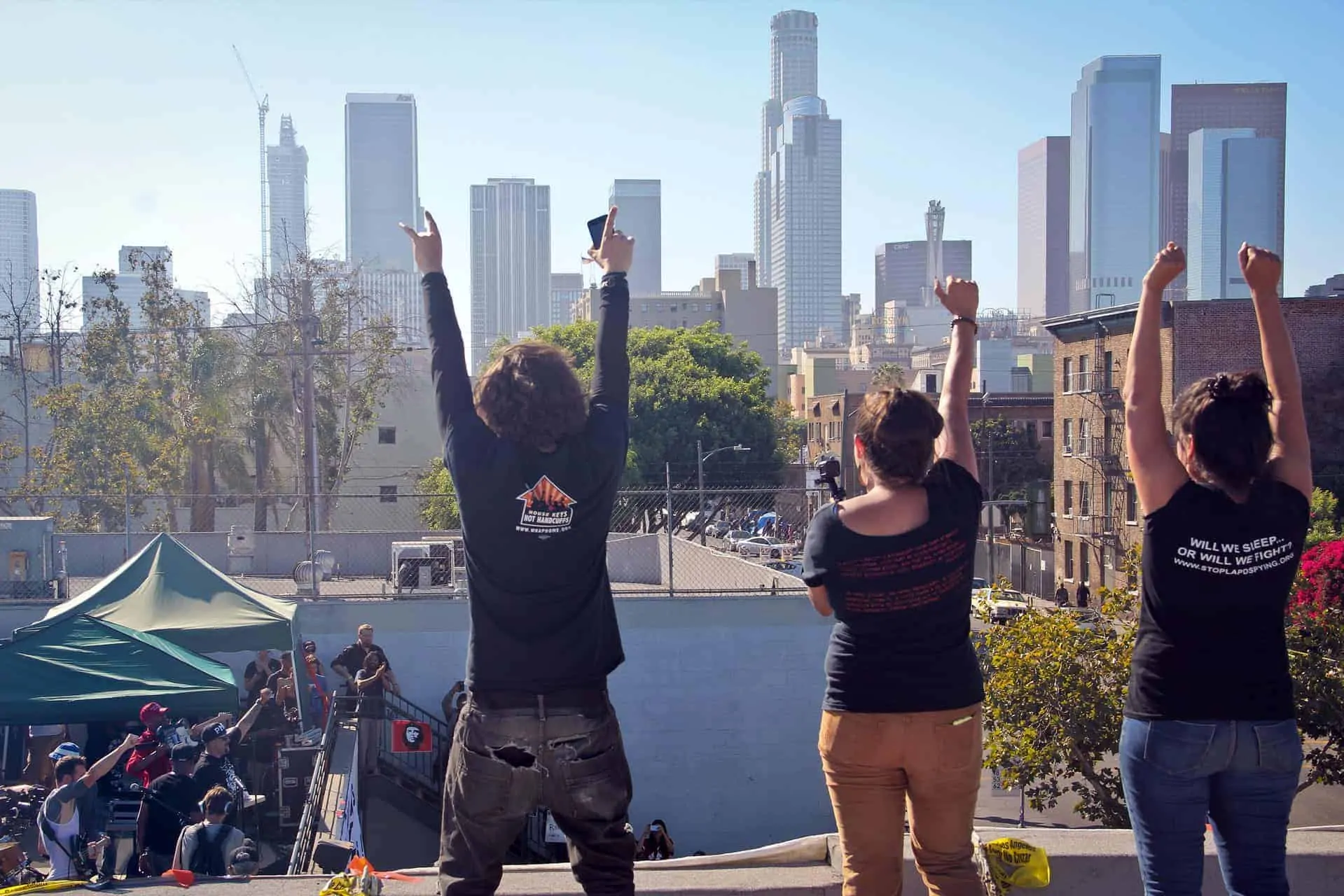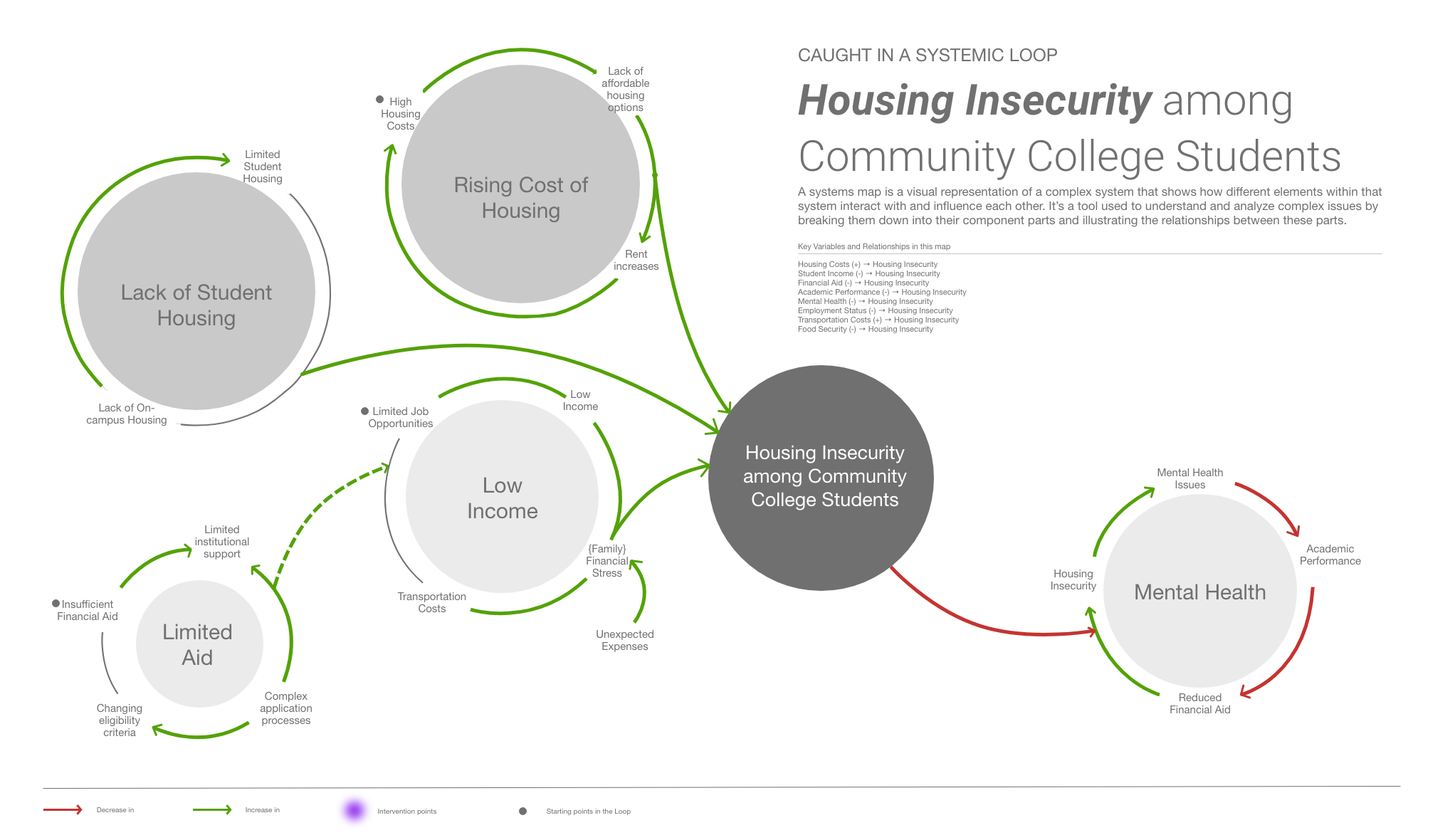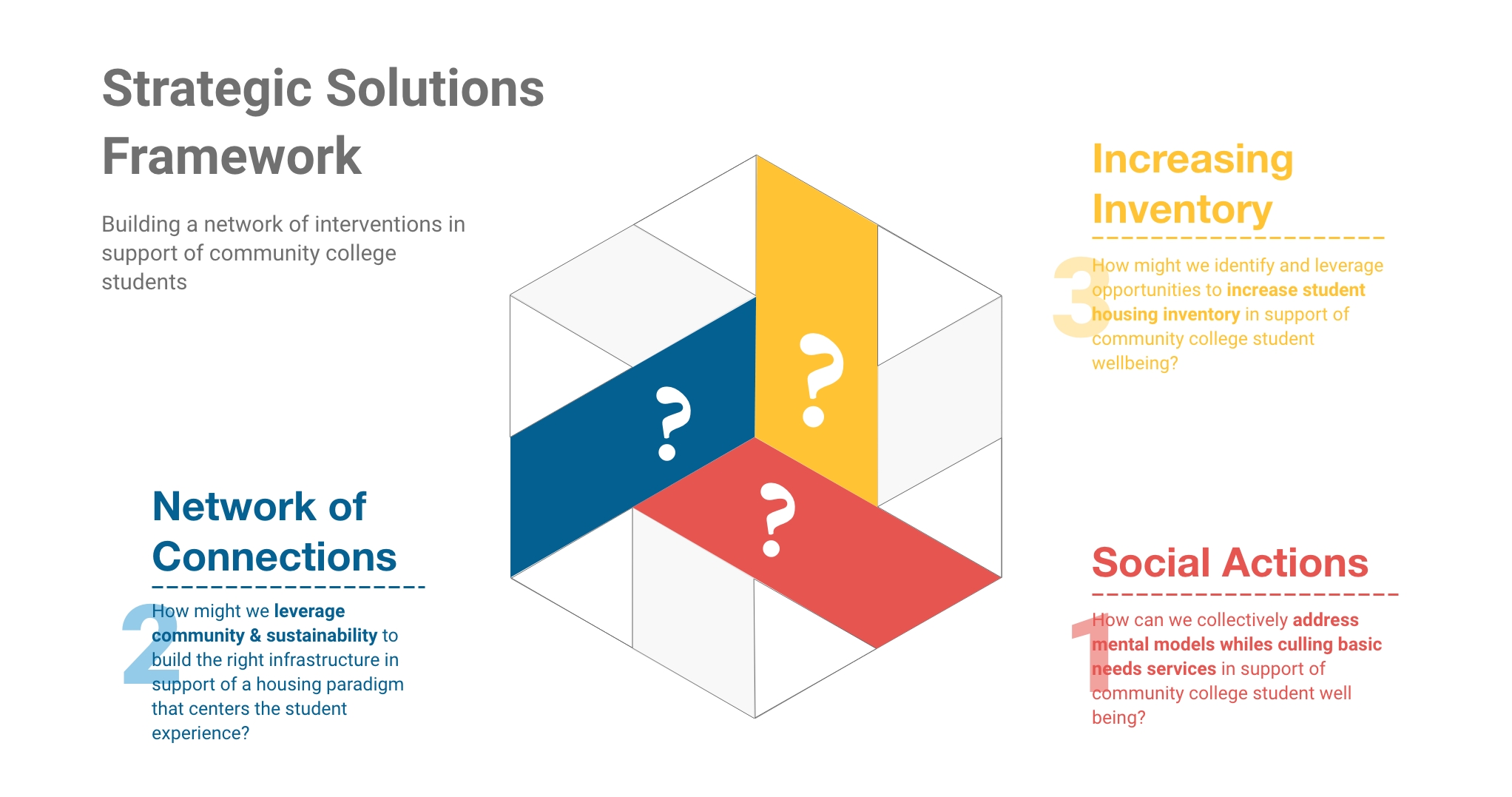Phase 5.1
Strategic Solutions
In response to the pressing need for affordable housing solutions, we developed a comprehensive Strategic Solutions Framework. Initially focused on Los Angeles, this scalable approach was designed to address housing insecurity across California and potentially nationwide.
Our framework employs a three-pronged strategy, visualized as an interconnected cube:
Network of Connections Leverages community resources and sustainability principles to build infrastructure supporting a resident-centered housing paradigm. This strategy aims to create and strengthen supportive community networks.
Increasing Inventory Identifies and capitalizes on opportunities to expand available housing stock, directly addressing the supply side of affordable housing.
Social Actions Tackles the social dimensions of housing insecurity by addressing mental models and providing essential services to support residents' overall well-being.
This holistic approach ensures that physical housing needs are met while fostering sustainable, supportive living environments. The framework's interconnected design emphasizes the synergy between these strategies, creating a robust, adaptable solution.
Originally conceived for student housing, the framework's versatility allows it to address housing insecurity for diverse populations. This project showcases our ability to develop scalable, multifaceted solutions to complex social challenges through innovative design research and strategic thinking.







